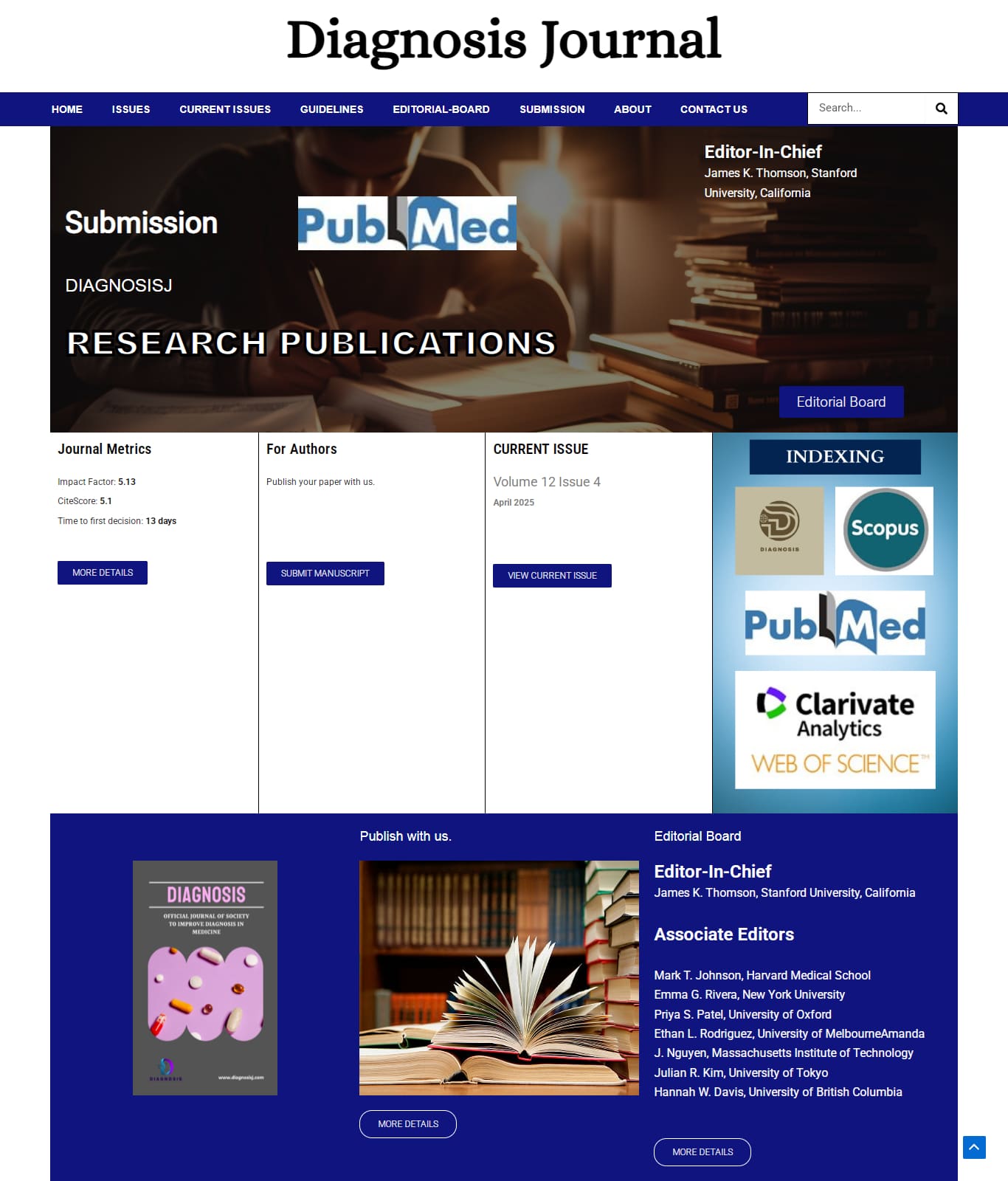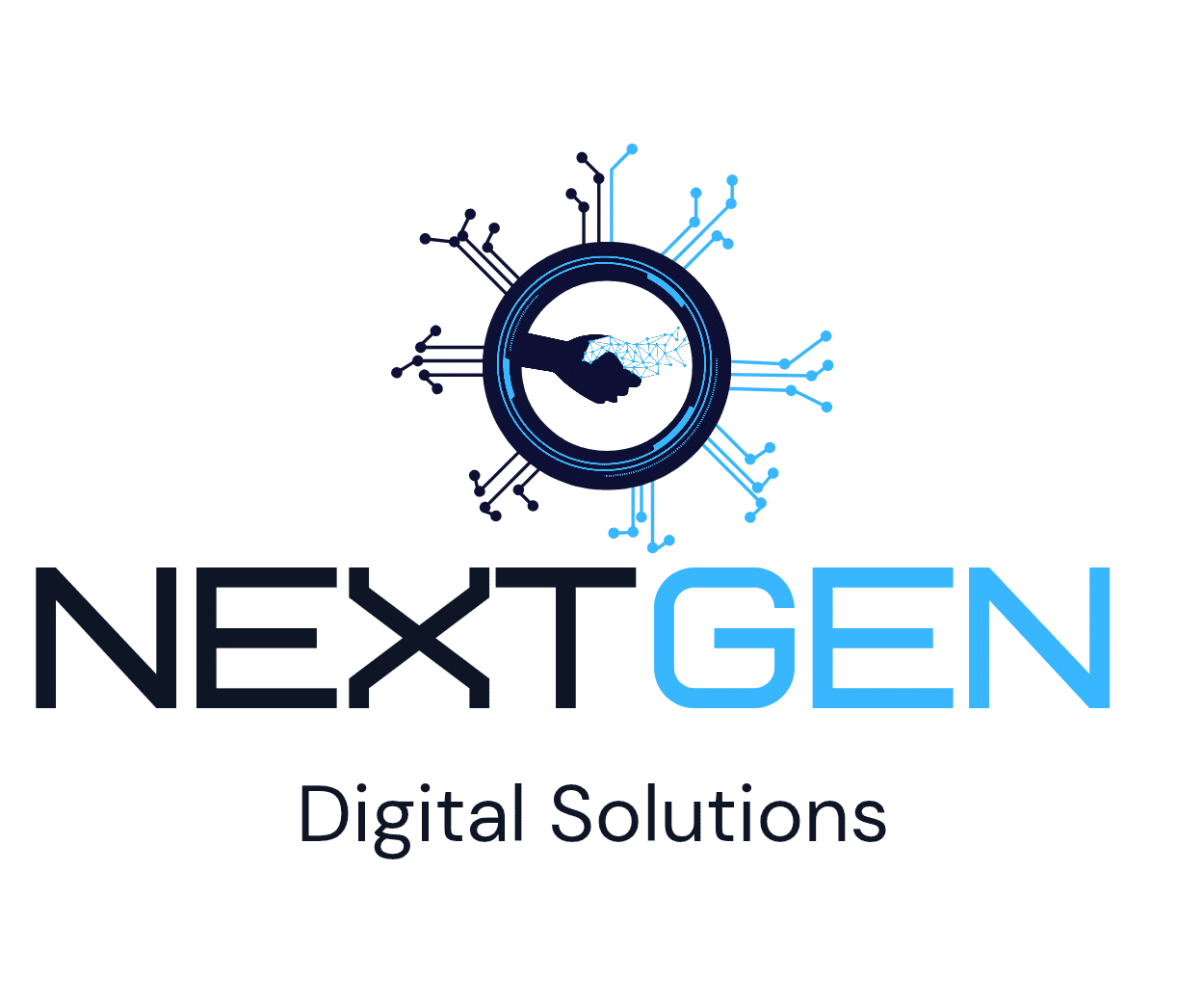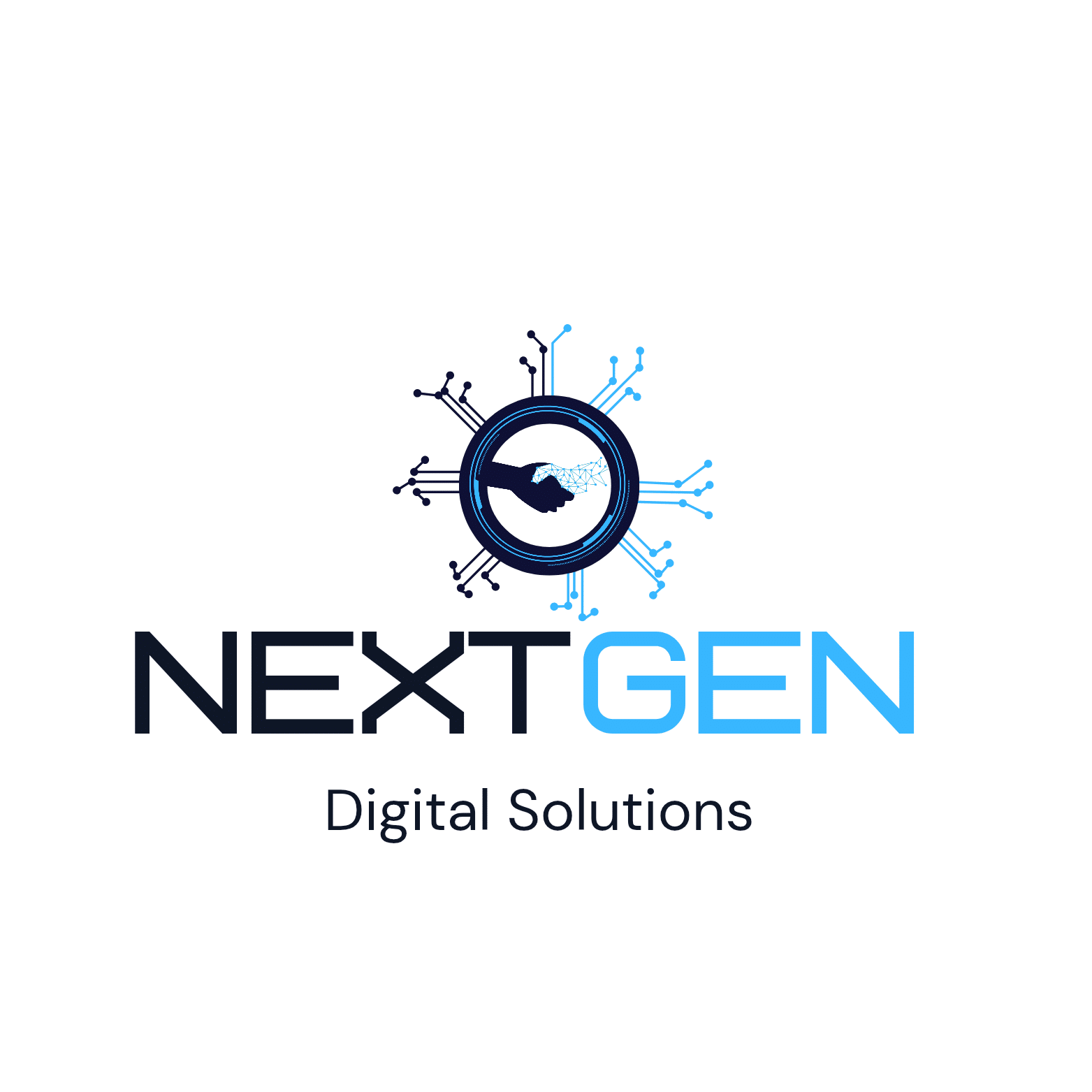
Diagnosisj
Here’s the agency-voice summary of our web development work for DiagnosisJournal.com:
- Headless CMS & Content Architecture:
We implemented a headless CMS (Contentful) to manage Diagnosis Journal’s vast, multidisciplinary portfolio—enabling editors to publish and categorize new issues across humanities, natural and social sciences, economics, technology, mathematics, architecture, and design without developer intervention. - Dynamic Issue & Article Templates:
We developed flexible React-based templates that automatically render journal issues, individual articles, author profiles, and “related content” suggestions—pulling metadata (DOIs, abstracts, keywords) via the CMS API to ensure consistent styling and easy navigation. - Advanced Search & Filtering:
We integrated Elasticsearch to power a robust search experience—letting users filter by discipline, publication date, author, and keyword. Instant results and “Did you mean?” suggestions guide researchers quickly to the content they need. - Responsive, Mobile-First Design:
Utilizing CSS Grid and Flexbox, we crafted layouts that adapt seamlessly from desktop to tablet and mobile. Tables of contents, figures, and equations reflow gracefully, ensuring readability on any device. - Performance & SEO Optimization:
We applied code-splitting, lazy-loading of article PDFs and images, and inlined critical CSS to achieve sub-2-second load times. On-page SEO—including schema.org Article markup, breadcrumb structured data, and optimized meta tags—boosts discoverability across disciplines. - Accessibility & Compliance:
We adhered to WCAG 2.1 AA standards: semantic HTML for articles and figure captions, keyboard-navigable menus, ARIA roles for dynamic components, and sufficient color contrast for text and data visualizations. - User Engagement & Analytics:
We instrumented Google Analytics 4 with custom events (article_view, pdf_download, author_click) and set up a Looker Studio dashboard for real-time tracking of readership trends—allowing Diagnosis Journal to identify high-impact articles and emerging research topics. - Integrations & Workflow Automation:
We connected the site to CrossRef for DOI registration, ORCID for author identification, and automated email notifications for new issue releases—streamlining editorial workflows and enhancing the reader experience.
This full-stack solution delivers a high-performance, future-proof platform that showcases Diagnosis Journal’s authoritative content across disciplines, empowers editorial agility, and drives deeper engagement with the global research community.

